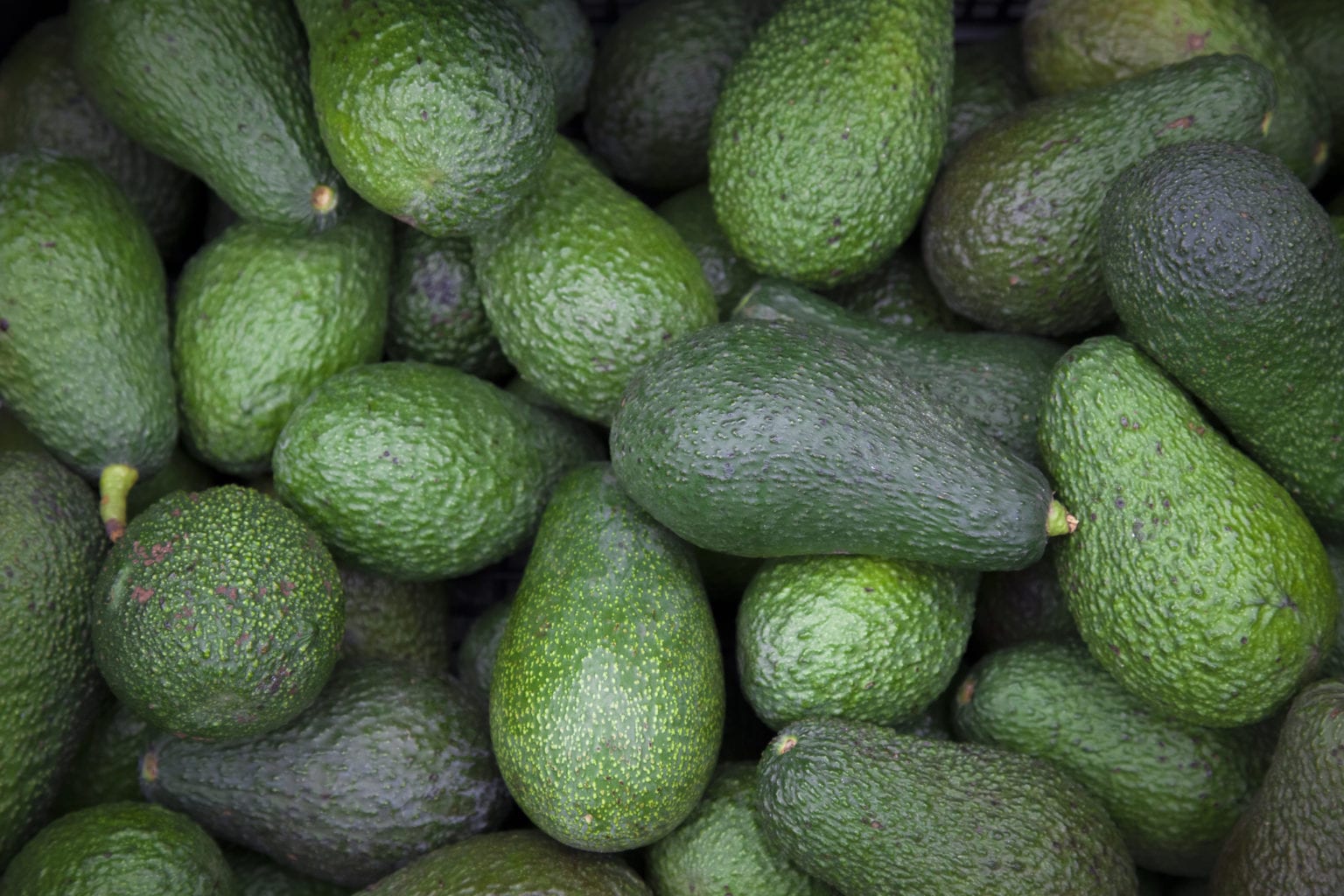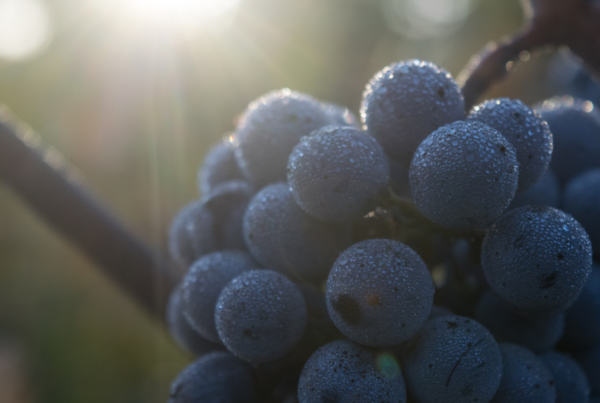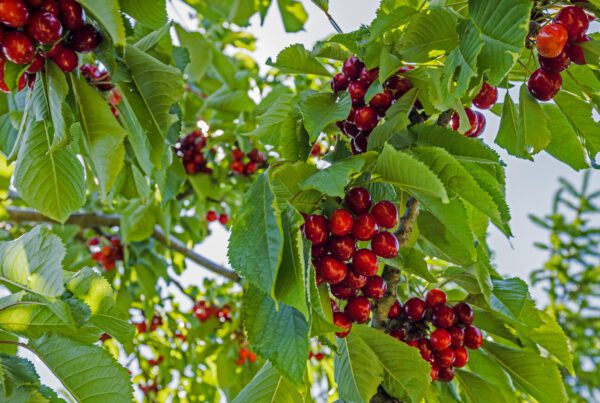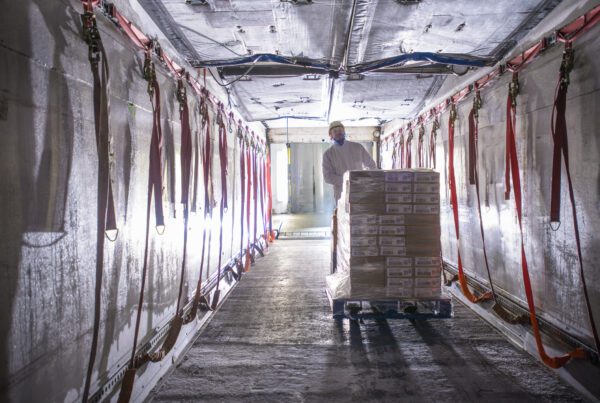Hawaiian avocados are returning to the mainland after a twenty-six year hiatus. In 1992, the Hawaiian variety of Sharwil avocados was prohibited from export due to an invasive fruit fly found in a shipping facility. Now, after years of work with shippers and the Hawaiian Board of Avocados to prove the fruits are safe, the Pacific Northwest is receiving shipments from Hawaii again.
Hawaiian growers have not been able to get an optimal market price for their product because they have not had access to the mainland market. Now that they are able to ship this time of year and because apparently the fruit fly issue is dramatically reduced because of the colder weather, they are coming to Seattle in a big way.
The avocados are bigger than we generally see in our stores and therefore have a greater meat to pit ratio. This means more to eat per avocado and is a boom for the orchardists because they are now able to make more money per tree, key to the growth and survival of Hawaii’s avocado industry. Currently, these avocados are shipping direct from Kona (KOA) to Seattle (SEA) by Delta and Alaskan Airlines but we expect to see flights to Chicago (ORD) coming soon.
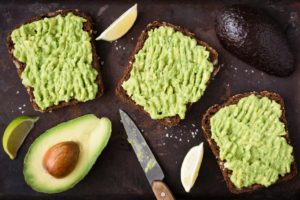 Because of the danger posed by the invasive fruit fly, avocado production hasn’t grown as quickly in Hawaii as it has in other countries. Mexico currently supplies 45% of the world’s avocado demand, while California supplies 88% of the US avocados, but that demand could shift soon. The sweet taste of Sharwil avocados would be compromised by treating with pesticides or the fumigation that is needed to eradicate the flies from shipments so less than 1% of US avocados were brought from Hawaii during the last twenty-six years. This deflated demand left only one avocado packing facility working to fill demand. However as the US has an avocado demand of $392 million annually, Hawaiian avocado growers certainly have a large market to tap into.
Because of the danger posed by the invasive fruit fly, avocado production hasn’t grown as quickly in Hawaii as it has in other countries. Mexico currently supplies 45% of the world’s avocado demand, while California supplies 88% of the US avocados, but that demand could shift soon. The sweet taste of Sharwil avocados would be compromised by treating with pesticides or the fumigation that is needed to eradicate the flies from shipments so less than 1% of US avocados were brought from Hawaii during the last twenty-six years. This deflated demand left only one avocado packing facility working to fill demand. However as the US has an avocado demand of $392 million annually, Hawaiian avocado growers certainly have a large market to tap into.
CFI has worked diligently on this issue for the last three years, providing guidance on the logistics and shipping needs for Hawaiian avocado growers. Alfred Kuehlewind describes the long road back for Hawaiian avocado growers, ” I can tell you that I personally have worked on this for the last three years, in attending meetings of the Avocado Board, giving advice and information as to the logistics, cost, and air cargo availability along with choice of carriers.” But demand isn’t decreasing for the fatty fruit that has enjoyed a surge in popularity on American breakfast tables. Growers expect an increase from 3,000 pounds per acre to 5,000 as shipping capacity gets worked out.
